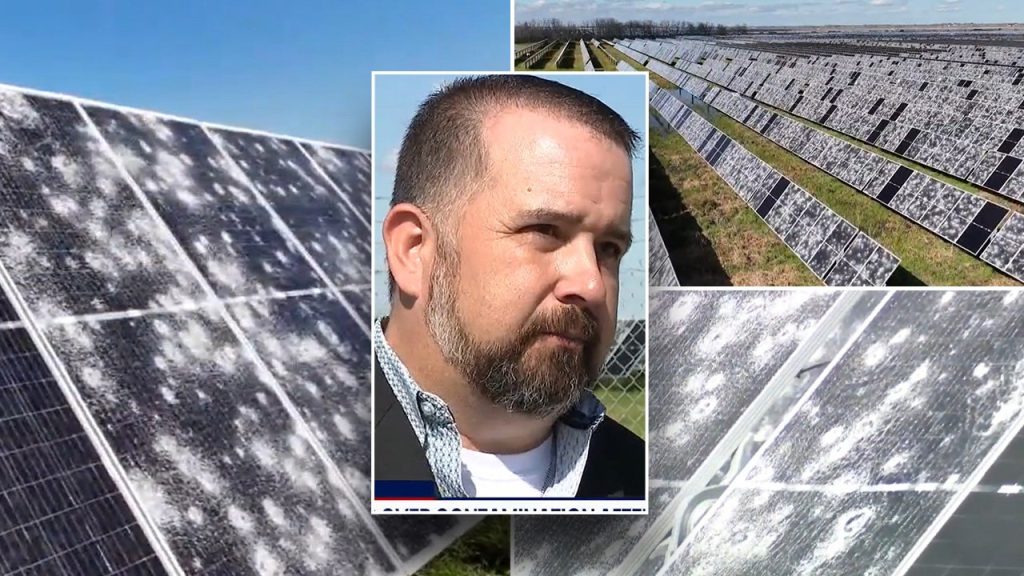An onslaught of hail in southeastern Texas caused significant damage to the Fighting Jays Solar farm in Fort Bend County, highlighting the risks of relying solely on vulnerable renewable energy sources such as solar power. Concerns have been raised about potential chemical leaks from the broken solar panels, specifically cadmium telluride, which can pose serious health risks to humans. Residents in the area are worried about these chemicals contaminating water tables and are calling for further investigation by environmental health authorities and the Texas Commission on Environmental Quality.
Representative Troy Nehls, R-Texas, whose constituents were affected by the storm, emphasizes the importance of an “all-of-the-above” approach to energy policy. The incident at the solar farm underscores the necessity of diversifying energy sources and not solely relying on renewable energy. Copenhagen Infrastructure Partners, the parent company of the solar project’s developer, confirmed the damage but stated that there was no risk of chemical exposure to the local community, as the silicon-based panels do not contain cadmium telluride.
The Electric Reliability Council of Texas and the Texas Public Utilities Commission are monitoring the situation, but have not identified any grid reliability concerns. However, energy watchdog groups like Power the Future warn that the destruction of solar farms due to severe weather events can pose a threat to the stability of the U.S. power grid if the country transitions to heavy reliance on solar energy. Additionally, the reliance on solar panels manufactured in China could leave the U.S. vulnerable in geopolitical disputes, as China holds the goods needed to rebuild the grid in case of a nationwide outage.
The Fighting Jays Solar farm, which came online in July 2022, spans over 3,000 acres and is located about 40 miles from downtown Houston. The destruction of the project serves as a cautionary tale as the country moves towards replacing fossil fuel power with green energy alternatives. Critics of the push for renewable energy point out the limitations of such sources, which rely heavily on specific weather conditions like sunlight and wind. They argue that a diverse energy portfolio is necessary to ensure energy security and resilience in the face of natural disasters and geopolitical threats.
The incident at the solar farm has prompted calls for a more balanced approach to energy policy that includes both traditional and renewable sources. The potential risks associated with relying solely on vulnerable green alternatives have raised concerns about the long-term sustainability of the U.S. power grid. As the country continues to transition to cleaner energy sources, policymakers and industry leaders must consider the challenges and vulnerabilities of renewable energy technologies in order to ensure a reliable and secure energy supply for the future.


